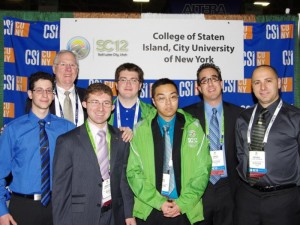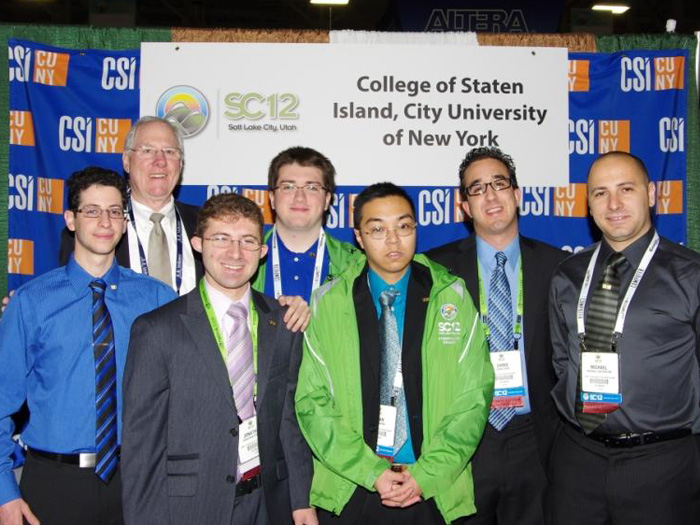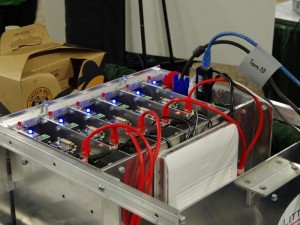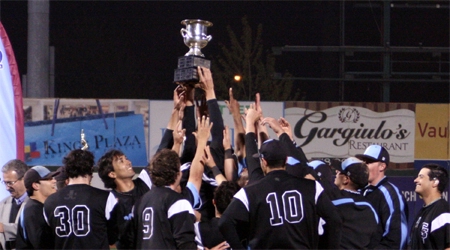
A team from CSI has won second-place honors in the Little Fe track of the SC12 international student computer cluster competition last week in Salt Lake City.
A seven-student team from CSI has garnered second-place honors in the Little Fe track of the SC12 international student computer cluster competition last week in Salt Lake City, UT.
Team leader Dr. Michael Kress, who is also CSI Vice President for Technology Systems, commented, “The team’s months of preparation provided them with the expertise to compete with some of the best student teams throughout the world. Their computational skills and stamina in the three-day ordeal were key in their success. They made us all so proud as their programs ran neck to neck with their competition in the two-day computational component of the competition.”
Little Fe is one of two tracks in the SC12 competition. According to HPC Wire, it is a “grueling 47-hour Cluster Challenge during which teams of students from around the world…compete to build and run a small supercomputer cluster of their own design… In this intense around-the-clock race, eight teams of up to six students…assemble their cluster in the lobby of the convention center and demonstrate real scientific and industrial applications, while staying within a strict power requirement – roughly equivalent to several coffee makers.”
After they construct and test their computers, the students then attempt to solve a traveling salesman problem, which involves finding the shortest possible route for a salesman who visits each city exactly once and returns to the original city. The competitors then earn points for as long as the solution that they are employing is leading the competition. In addition to the performance of their supercomputers, the students were also judged on presentations and responses to interview questions.
Dr. Kress says that the CSI team, consisting of students Michael Costantino, Jonathan Parziale, Christopher Savo, Brian Wong, Alaric Hyland, Daniel Kurzweil, and Timothy Smolka, with support from Maryellen Smolka, Nicole Dory, and faculty advisor Professor Deborah Sturm, has been together since last winter. They have prepared for the competition by building a Little Fe test computer at CSI; and installing, verifying, and timing a number of scientific applications, including ones for climate modeling, quantum mechanical modeling, multi-phase fluid dynamic modeling, classical molecular dynamic modeling, and the solution to the traveling salesman problem.
Commenting on the experience, CSI team member Michael Costantino said, “Coming in second place at the SC12 Student Cluster Competition is one of the proudest moments of my academic career. I am incredibly proud of our team and all the work we have put in. For such a diverse group of students, we were able to work very well together in the preparation for the competition and the ‘in the moment’ heat of the competition. The knowledge that I have gained during the past few months while preparing for this competition by far exceeds anything I could have imagined. There are no classrooms in any school that could offer the type of experiences that you can get from participating in an event such as this. This was an experience of a lifetime and if I had the chance, I would do it all again. I would like to thank Vice President Michael Kress, my mentor Dr. Susan Imberman, my family, and the College of Staten Island for supporting and believing in us.”
The winning team came from University of Utah. Other participating institutions in the Little Fe track included Slippery Rock University and Skyline High School.

















